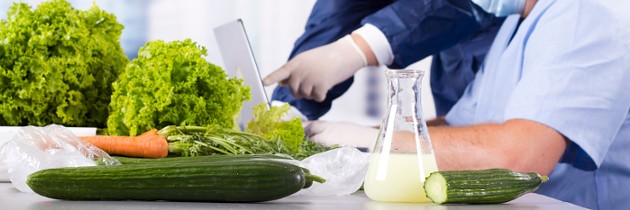Following 5 years of independent research on the available testing methods for glyphosate around the world, Henry Rowlands, Director of The Detox Project, has summarized this glyphosate testing research into 5 points for the public, NGOs, commercial companies and government regulators.
The Detox Project promotes the use of newly available technology to enable us all to find out what levels of glyphosate and other pesticides are in our bodies and in our food. You can find these at the links below:
Hair Testing – Kudzu Science has created a unique validated technology to test hair for glyphosate and other pesticides, allowing us for the first time to find out our long-term exposure to these chemicals. Urine and blood testing only show your short-term exposure, so they are not as useful.
Food, Water and Soil Testing at Home – Abraxis Inc. is now selling the first ever strip tests for testing glyphosate in food and water at home and soil out in the field
1. Glyphosate residues are almost never tested for in final food products by any regulators or companies worldwide, despite being the World’s most used herbicide. Raw materials such as Soybeans and Maize are also hardly ever tested for glyphosate. This needs to change and the excuse of expense is no longer valid due to a reduction in the price of glyphosate testing across the board.
2. Methods for chemical testing including glyphosate testing should always have minimum limits of detection of 1 part per billion (PPB) or lower for urine and water and 20 PPB or lower where possible for food samples. Anything higher than these will give irresponsible results as the methods will give negative results even if the sample actually does contain glyphosate.
3. Validated or Verified LC-MS/MS (Liquid chromatography-tandem mass spectrometry) testing methods are the most responsible methods that should be used in testing hair, urine, water or food for glyphosate and AMPA residues. The labs that the Detox Project works alongside use these methods only.
4. ELISA testing methods for pesticides can produce false positive and false negative results and thus can not be used by regulators – ELISA methods can give inaccurate results. These methods are usually used as a screening tool and any positive results have to be confirmed by a chromatographic method to be usable in risk assessment.
5. Some of the LC-MS/MS methods that are used by the food industry and regulators, on the odd occasion that they do test for glyphosate residues, have very poor recovery rates – meaning they cannot be relied upon to give accurate results.
Please also see: 10 Things You Need to Know about Glyphosate
